Nature has a way of keeping us on our toes, and animals are no exception. Some critters exhibit behaviors so bafflingly bizarre, they leave even seasoned scientists scratching their heads. While research can explain a lot about the animal kingdom, some actions remain a mystery. It’s time to dive into the animal world’s greatest enigmas and explore 15 strange behaviors that scientists simply can’t explain.
1. Dancing Spiders
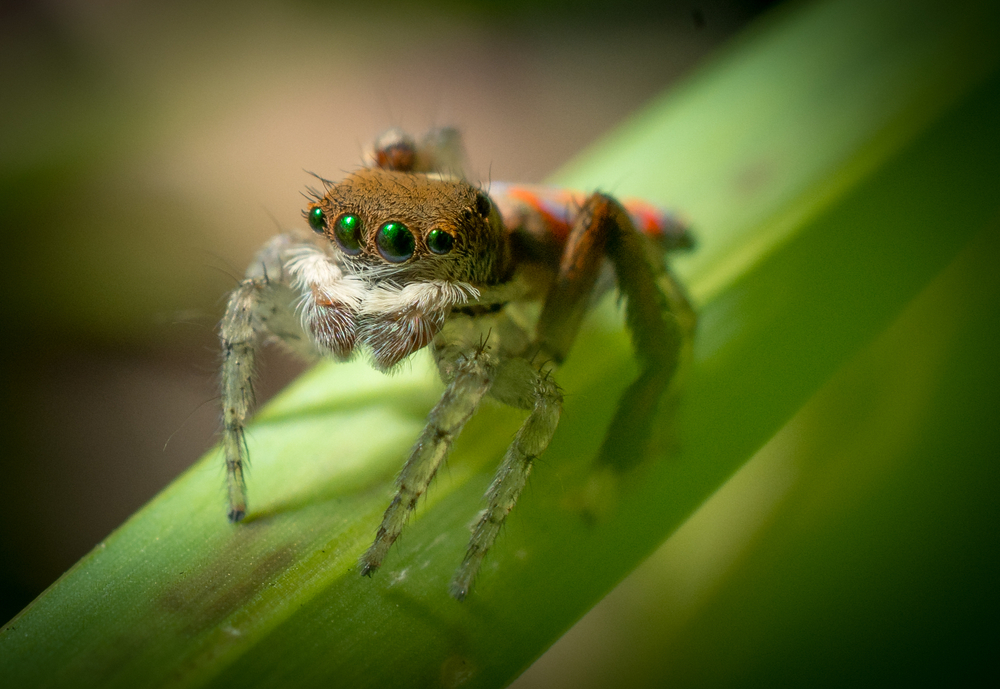
Certain species of spiders exhibit an odd courtship ritual that looks like a dance. Scientists have observed these “dancing spiders” moving in rhythmic patterns with their legs and abdomens, often synchronized with intricate web vibrations. While some suggest this behavior is about impressing potential mates, the exact reasoning behind these complex routines remains unclear. Despite numerous studies, researchers struggle to pinpoint the evolutionary benefit. It’s a delightful mystery, leaving experts pondering if it’s purely instinctual or if there’s a deeper, as yet unrecognized, purpose behind this eight-legged performance.
2. The Mystery of Narwhal Tusk Uses
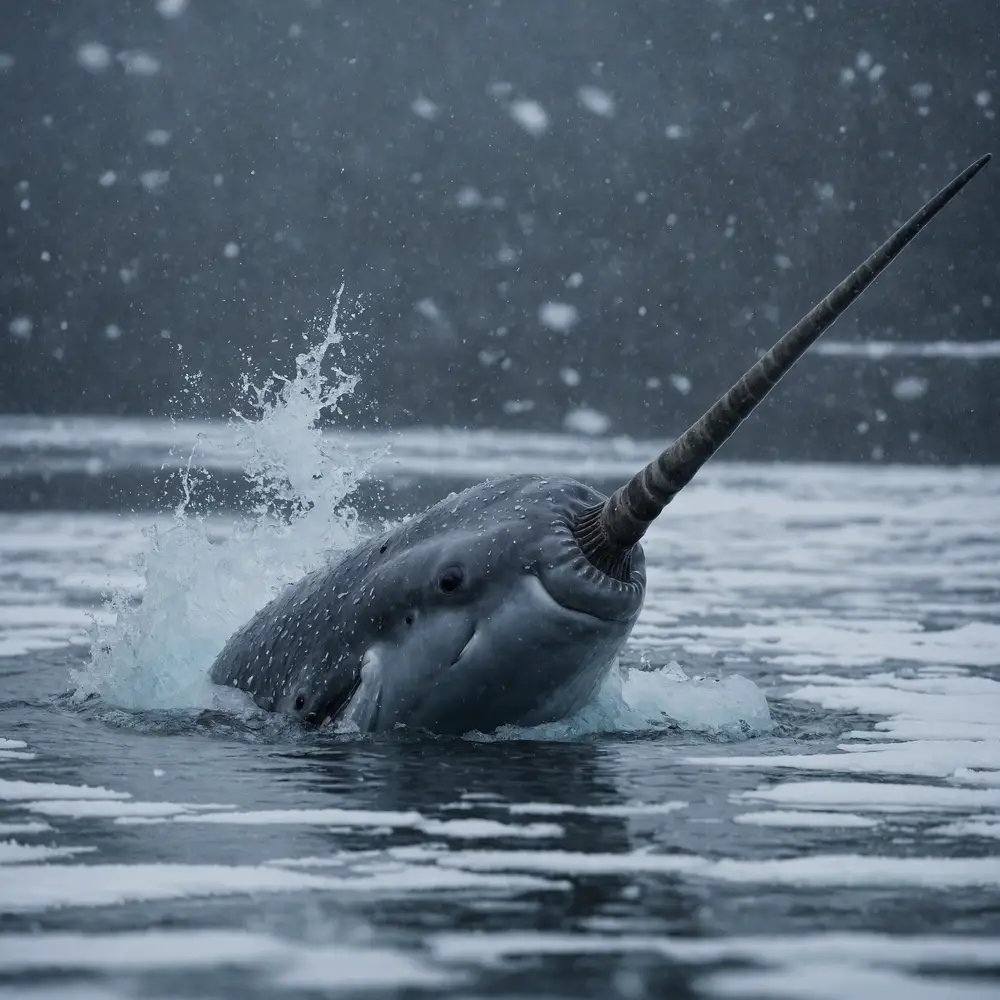
Narwhals, often dubbed the unicorns of the sea, possess tusks that have puzzled scientists for ages. While theories abound—ranging from tools for breaking ice to weapons for jousting—none have been definitively proven. Recent studies hint at sensory capabilities, suggesting these tusks may detect changes in water temperature and salinity. However, the full scope of their function remains speculative. These spiraled tusks continue to be one of nature’s best-kept secrets, challenging marine biologists to decode their purpose in the narwhal’s icy habitat.
3. Lemming Mass Migrations
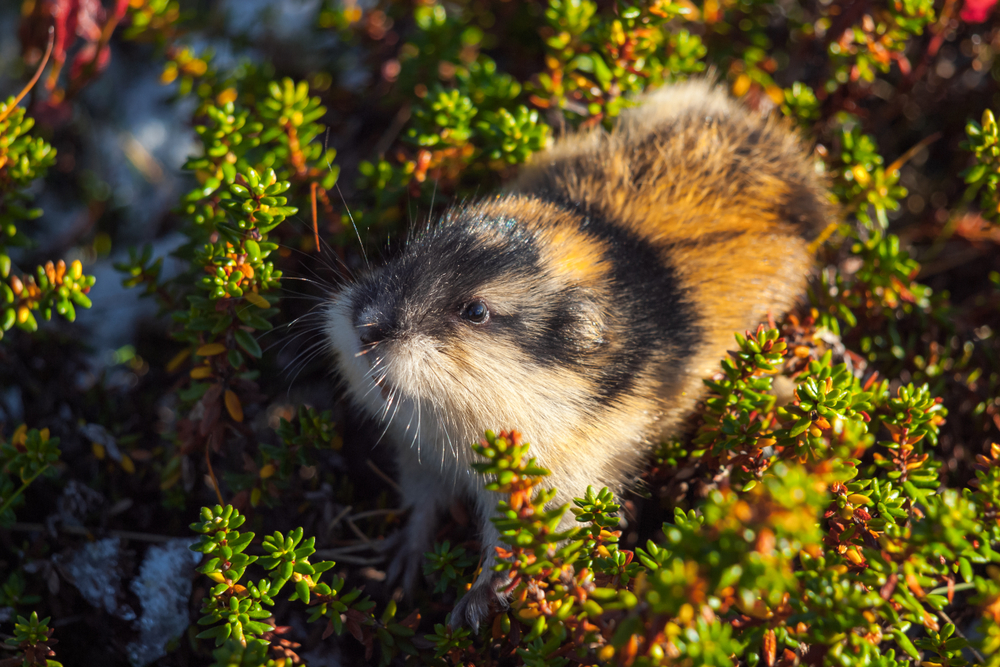
Lemmings are best known for their mysterious mass migrations, often resulting in dramatic population drops. Contrary to popular myth, they don’t intentionally jump off cliffs en masse, but their large-scale movements still baffle scientists. Environmental factors like food scarcity may drive these migrations, yet the exact triggers remain elusive. The seemingly senseless journeys of these small rodents continue to perplex researchers, leaving them to wonder what internal or external cues prompt such extreme behaviors and how these migrations benefit the species.
4. The Cooperative Hunt of Sea Otters
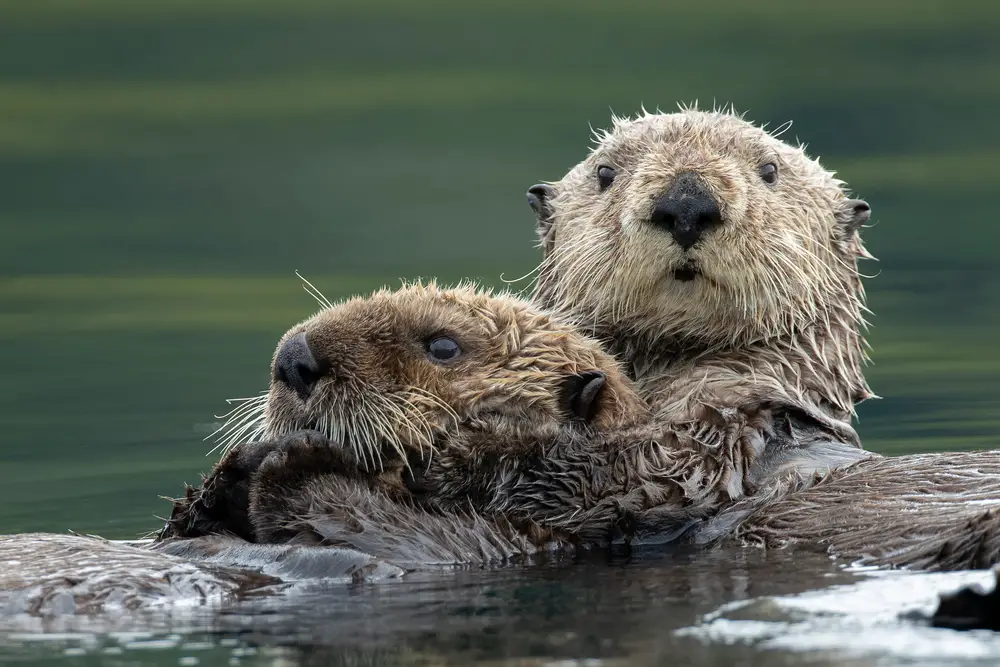
Sea otters are known for their adorable appearances, but their group hunting strategies are a less understood marvel. Unlike most solitary hunters, sea otters sometimes band together to corral fish, a behavior that suggests complex social structures. The exact reasons for this cooperative behavior are murky, as sea otters typically forage alone. Some suggest it’s a survival tactic during scarce times, yet it’s still uncertain why or how these otters decide to work together. This puzzling behavior continues to intrigue animal behaviorists and marine biologists alike.
5. The Enigmatic Migration of Monarch Butterflies
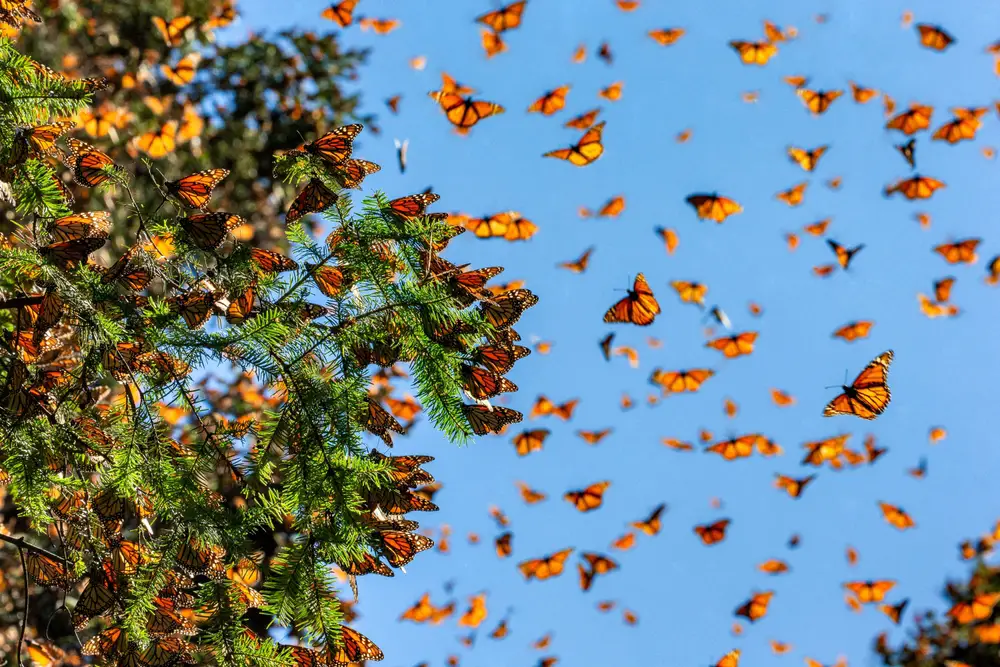
Monarch butterflies undertake an epic migration spanning thousands of miles from North America to central Mexico. This journey is intergenerational, with no single butterfly completing the round trip. Despite extensive research, the mechanisms guiding their navigation remain a mystery. Scientists are unsure how these delicate creatures, with tiny brains, manage such precise navigation without prior experience. While magnetic fields and genetic memory have been suggested as possible guides, the monarchs’ navigational prowess remains one of the most captivating puzzles in the animal world.
6. The Peculiar Pecking of Woodpeckers

Woodpeckers are famous for their rapid pecking, an activity that raises questions about their resilience to brain injury. Despite the constant head-banging, these birds rarely suffer concussions. Scientists are puzzled by how woodpeckers avoid head trauma that would incapacitate other species. Some theories suggest specialized skull structures and shock-absorbing tissues, but the complete explanation remains uncertain. This unique adaptation to an otherwise damaging behavior continues to fascinate researchers, who are eager to fully understand the biological safeguards at play in these industrious birds.
7. The Communal Roosting of Crows
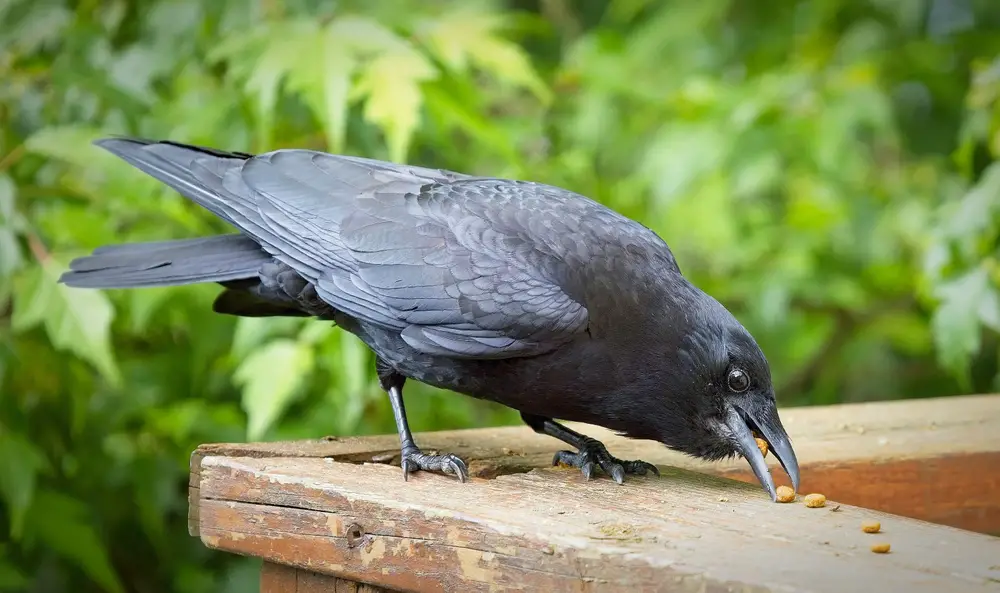
Crows are highly intelligent birds, and their communal roosting behavior is a phenomenon that gathers them in massive numbers. Despite the potential for increased competition for resources, crows choose to gather in these large, noisy groups. Scientists speculate this behavior might offer protection or support information sharing, yet the precise reasons remain speculative. The sight of thousands of crows gathering at dusk, creating a cacophony of sound, is a spectacle that emphasizes the complexity of avian social behavior that scientists are still trying to unravel.
8. The Silent Communication of Elephants
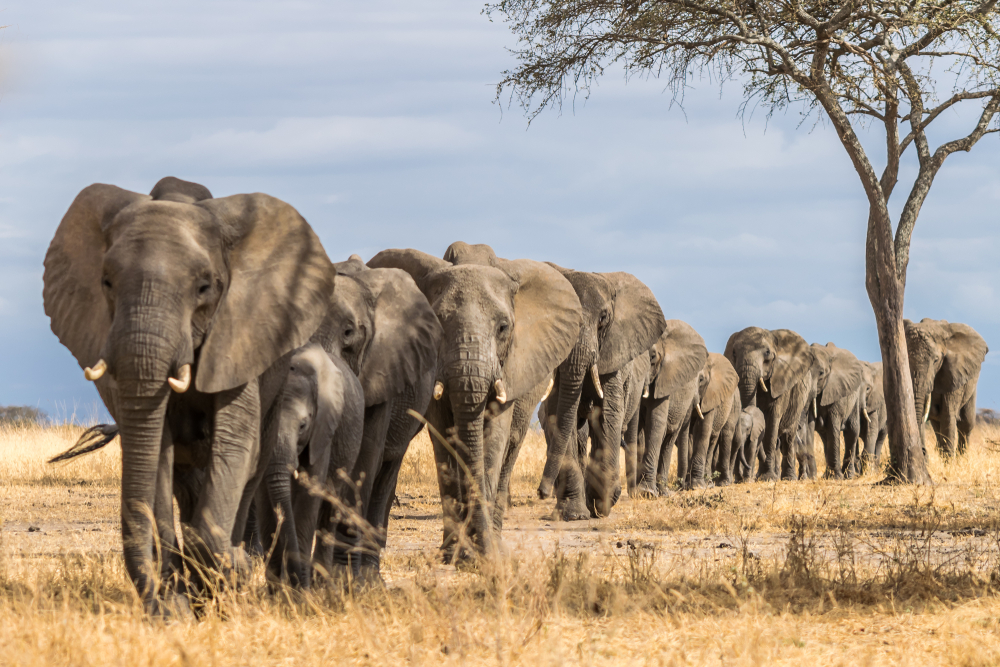
Elephants are known for their complex social structures, but their ability to communicate silently over long distances remains a mystery. Using infrasound, which is inaudible to human ears, elephants coordinate movements and warn of dangers. While researchers know these low-frequency sounds travel hundreds of miles, understanding how elephants interpret and respond to them is less clear. This silent language highlights the sophisticated world of elephant communication, begging further investigation into the intricacies and implications of their soundless conversations in the wild.
9. The Vanishing Act of Anemonefish
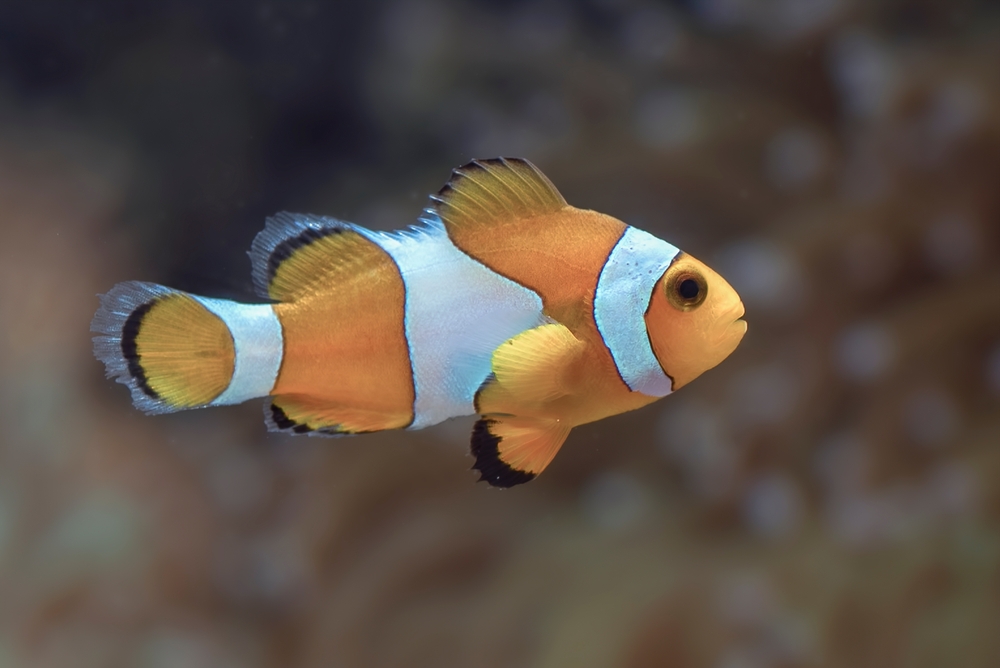
Anemonefish, famously known as clownfish, live symbiotically with sea anemones. While their vibrant colors make them highly visible in their natural habitat, researchers are perplexed by how these fish avoid predators. Despite being an easy target, anemonefish seem to escape notice, leading scientists to investigate potential chemical camouflage or unique predator-prey dynamics. This knack for survival in plain sight remains a topic of fascination, leaving marine biologists to ponder the unseen adaptations that protect these colorful fish in their ocean homes.
10. The Jet-Propelled Spinning of Octopuses

Octopuses are already known for their intelligence and adaptability, but certain species exhibit a dizzying behavior—jet-propelled spinning. These creatures will suddenly twirl through the water, disorienting both prey and predators. The purpose of this spinning remains enigmatic, with theories ranging from play to a hunting strategy. Despite being cephalopod experts, researchers have yet to fully understand the evolutionary advantage of this unusual tactic. This spinning spectacle reminds us of the ocean’s enduring mysteries, keeping scientists eager for clues about the enigmatic lives of octopuses.
11. The Territorial Chirping of Naked Mole-Rats
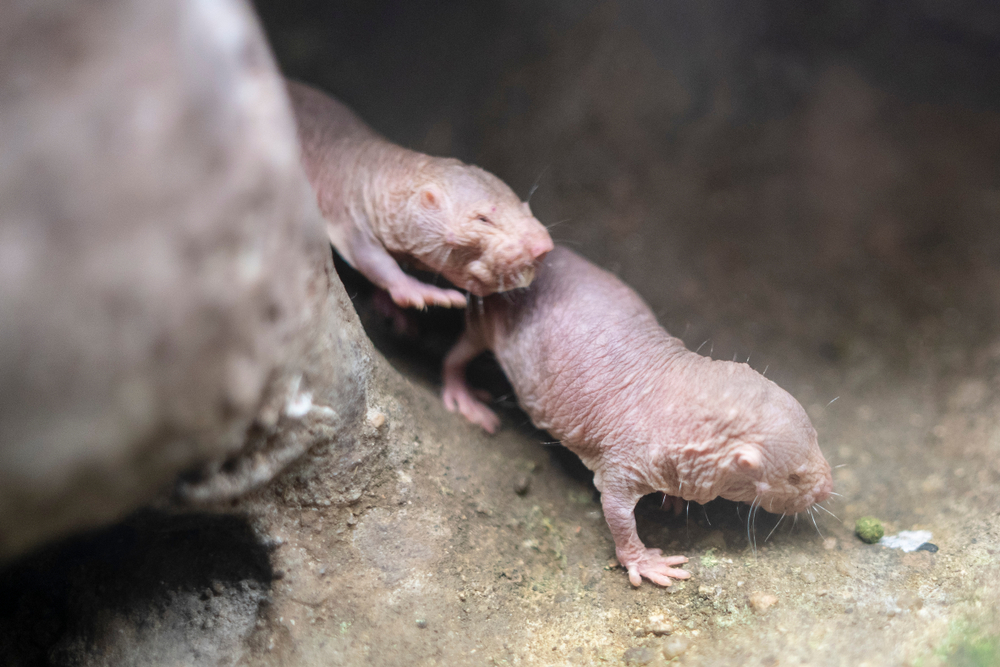
Naked mole-rats are peculiar creatures that live underground in highly organized colonies. They exhibit a unique behavior of territorial chirping, producing distinct vocalizations that scientists believe help maintain colony harmony. Each colony has a unique ‘dialect,’ which members use to identify themselves. Despite understanding its role in social structure, researchers are puzzled by how these dialects develop and evolve. The complexity of mole-rat communication challenges our understanding of animal language, leaving researchers curious about the unseen mechanisms driving this subterranean society’s vocalizations.
12. The Mysterious Migration of Eels
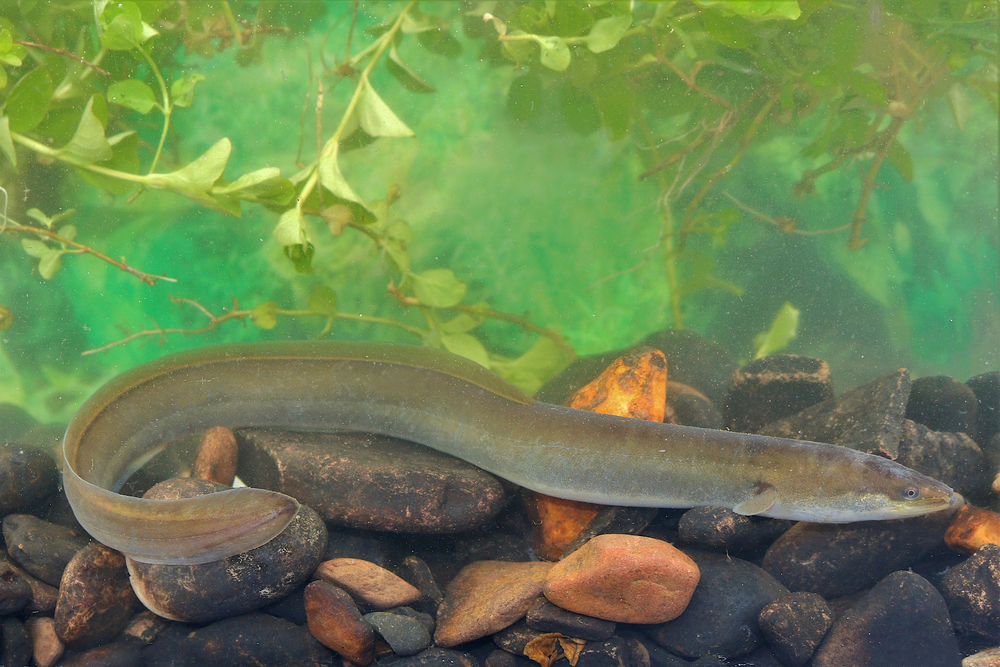
Eels, particularly the European eel, undertake a mysterious migration from freshwater rivers to the Sargasso Sea to spawn. Despite extensive research, much about their life cycle and migration remains unknown, including specific navigation methods and developmental signals. The journey involves traversing vast ocean distances without clear directional cues. The enigma of eel migration continues to captivate scientists, as these slippery travelers seem to possess an inherent map that guides them unerringly to their breeding grounds—a natural phenomenon yet to be fully explained.
13. The Unpredictable Swarm Behavior of Locusts
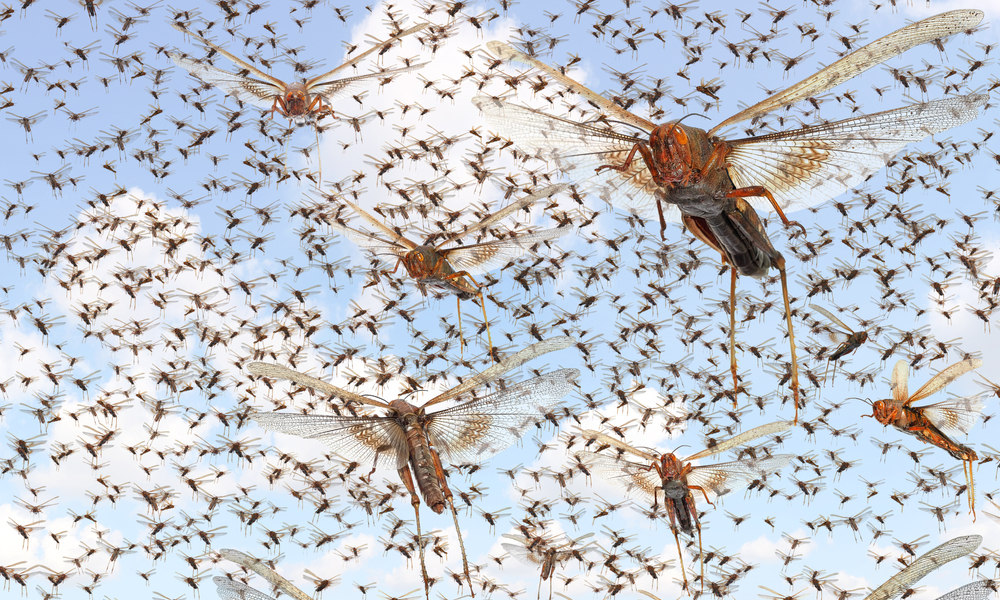
Locusts, known for their destructive swarms, display a sudden shift from solitary to gregarious behavior. This transformation is triggered by factors scientists have yet to completely understand. Environmental cues like rainfall appear influential, but the underlying mechanisms remain opaque. Once in swarm mode, locusts exhibit synchronized movement and alarming coordination. The unpredictability of these swarms poses significant challenges for agriculture and research, as scientists work to untangle the social and environmental triggers behind one of nature’s most devastating natural phenomena.
14. The Cold Tolerance of Antarctic Fish

Antarctic fish thrive in sub-zero waters where most creatures would freeze. Their ability to survive in these extreme conditions is attributed to antifreeze proteins, yet the full extent of their adaptations remains unknown. How these fish evolved such precise biochemical mechanisms continues to intrigue scientists. The knowledge gained from studying their cold tolerance might offer insights into climate change impact and human applications. The survival of Antarctic fish in unforgiving environments exemplifies nature’s ingenuity, sparking curiosity about evolutionary adaptations to extreme habitats.
15. The Enigmatic Glow of Bioluminescent Animals

Bioluminescence, the ability of organisms to produce light, is an intriguing phenomenon observed in many marine animals. Despite identifying the chemical processes involved, scientists are still exploring the evolutionary reasons behind this glowing talent. Some animals use light for attracting prey or mates, while others use it as camouflage or defense. However, the diverse ways bioluminescence has evolved across species remain a mystery. This natural lightshow continues to captivate researchers and laypeople alike, reminding us that the ocean depths are full of secrets waiting to be uncovered.
